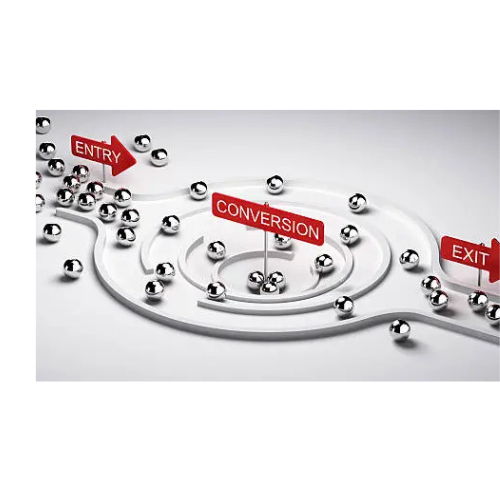Roth Conversions: When They Make Sense and How They Work
A Roth conversion can be a powerful financial strategy, but it’s not for everyone. If you’ve ever wondered whether converting your traditional IRA or 401(k) to a Roth IRA makes sense for you, this guide will walk you through the key considerations, benefits, and potential pitfalls.
In my experience, Roth conversions often come up when clients are looking for ways to minimize taxes in retirement or leave a legacy for their heirs. While the idea of tax-free growth is appealing, the timing of a conversion is critical to ensure it aligns with your broader financial goals.
By the end of this article, you’ll understand:
• What a Roth conversion is and how it works.
• When a conversion might be the right move.
• Key factors to consider before making the decision.
Why Listen to Me?
As a CERTIFIED FINANCIAL PLANNER™ professional, I’ve helped clients navigate the intricacies of Roth conversions for years. I’ve found that the strategy works best when it’s part of a larger plan that accounts for tax efficiency, income needs, and legacy goals. Investors I’ve worked with often say they value my ability to simplify complex topics and provide actionable insights.

👉 Want to learn how to retire without the worry of running out of money in retirement? Watch my free video
Key Takeaways
• A Roth conversion moves money from a traditional IRA or 401(k) into a Roth IRA, requiring you to pay taxes on the converted amount now in exchange for tax-free growth and withdrawals in the future.
• Conversions may make sense in years when your income is lower, such as early retirement.
• Careful planning is essential to avoid pushing yourself into a higher tax bracket during the conversion process.
What Is a Roth Conversion?
A Roth conversion is the process of transferring money from a tax-deferred retirement account, like a traditional IRA or 401(k), into a Roth IRA. Unlike traditional accounts, Roth IRAs allow your investments to grow tax-free, and withdrawals in retirement are also tax-free.
How It Works
1. Transfer Funds: You transfer all or part of your traditional IRA or 401(k) balance into a Roth IRA.
2. Pay Taxes Now: The converted amount is added to your taxable income for the year, and you pay taxes at your current rate.
3. Enjoy Tax-Free Growth: Once the funds are in the Roth IRA, they grow tax-free, and qualified withdrawals are tax-free.
When Does a Roth Conversion Make Sense?
While Roth conversions offer clear tax advantages, they don’t always make sense for everyone. Here are some scenarios where a conversion may be beneficial:
1. You’re in a Low Tax Bracket
If your taxable income is lower than usual—perhaps because you’re retired but not yet claiming Social Security—converting funds at a lower tax rate can be a smart move.2. You Expect Higher Taxes in the Future
In my experience, many clients benefit from a Roth conversion if they expect to be in a higher tax bracket later in life. For example:
• Tax rates may increase due to future legislation.
• Your income in retirement could be higher due to required minimum distributions (RMDs).
3. You Want to Reduce RMDs
Traditional IRAs and 401(k)s require you to take RMDs starting at age 73, which can increase your taxable income significantly. Converting to a Roth IRA eliminates this requirement.
4. You’re Leaving a Legacy
Roth IRAs are an excellent tool for passing wealth to heirs. Since there are no RMDs during your lifetime, the account can grow tax-free for decades, and beneficiaries can withdraw funds tax-free.
When to Be Cautious
While Roth conversions can be advantageous, they’re not without risks:
• Tax Impact: Converting large amounts in a single year can push you into a higher tax bracket.
• Short-Term Costs: You’ll need to have funds available to pay the taxes on the conversion without dipping into your retirement savings.

How to Plan a Roth Conversion
Step 1: Calculate the Tax Impact
Estimate how much the conversion will add to your taxable income and how it will affect your tax bracket. In my experience, spreading conversions over several years often helps manage the tax burden.
Step 2: Use a Tax-Free Window
Years of lower income, such as the early years of retirement or a sabbatical, can be an ideal time to convert funds.
Step 3: Coordinate with Your Advisor
Working with a financial planner and tax professional ensures that your Roth conversion aligns with your overall retirement plan and minimizes unintended consequences.
Common Questions About Roth Conversions
1. Are There Limits on How Much I Can Convert?
- No, there’s no limit to the amount you can convert in a single year. However, converting large amounts may push you into a higher tax bracket, so it’s essential to plan carefully.
2. Can I Undo a Roth Conversion?
- As of 2018, the IRS no longer allows you to “recharacterize” (undo) a Roth conversion. Once you convert, it’s a permanent decision.
3. What About State Taxes?
- Don’t forget to factor in state income taxes, which could increase your overall tax bill.
Strategies to Maximize the Benefits of a Roth Conversion
1. Convert Gradually
In my experience, spreading a conversion over several years often minimizes the tax impact. For example, converting $50,000 over five years instead of all at once can help you stay in a lower tax bracket.
2. Pay Taxes from Non-Retirement Funds
If possible, use savings outside your retirement accounts to cover the tax bill. This ensures the entire converted amount stays invested and growing tax-free.
3. Use Charitable Contributions to Offset Taxes
If you’re charitably inclined, consider using charitable deductions to reduce your taxable income in the year of the conversion.
FAQs
Should I Convert if I’m Close to Retirement?
- It depends on your tax situation and goals. If you’re in a low tax bracket and have funds available to pay the taxes, it may still make sense.
What if I Have a Large Traditional IRA Balance?
- Spreading conversions over several years can help you manage the tax impact while still benefiting from the long-term advantages of a Roth IRA.
How Does a Roth IRA Affect My Heirs?
- Roth IRAs can be an excellent legacy tool. Beneficiaries inherit the account tax-free, and withdrawals are also tax-free, providing significant advantages over traditional accounts.
Conclusion
Roth conversions can be a powerful strategy for minimizing taxes, reducing RMDs, and maximizing the tax-free growth of your retirement savings. However, they require careful planning to ensure they align with your financial goals.
👉 Want to learn how to retire without the worry of running out of money in retirement? Watch my free video
Sources:
2. https://www.edwardjones.com/us-en/market-news-insights/retirement/iras/roth-ira-conversion
4. https://www.schwab.com/learn/story/why-consider-roth-ira-conversion-and-how-to-do-it
5. https://www.investopedia.com/roth-ira-conversion-rules-4770480
7. https://www.privatebank.bankofamerica.com/articles/roth-ira-conversion.html
8. https://www.fidelity.com/retirement-ira/roth-conversion-checklists
9. https://wealthkeel.com/blog/roth-conversion-bad-idea/
10. https://www.investopedia.com/terms/i/iraconversion.asp
11. https://www.nerdwallet.com/article/investing/roth-ira-conversion
Disclaimer: Case studies are hypothetical and do not relate to an actual client of Lock Wealth Management. Clients or potential clients should not interpret any part of the content as a guarantee of achieving similar results or satisfaction if they engage Lock Wealth Management for investment advisory services.
